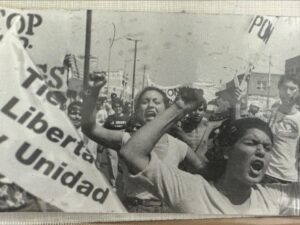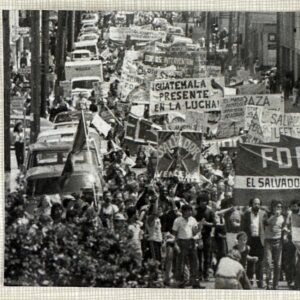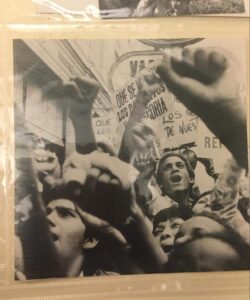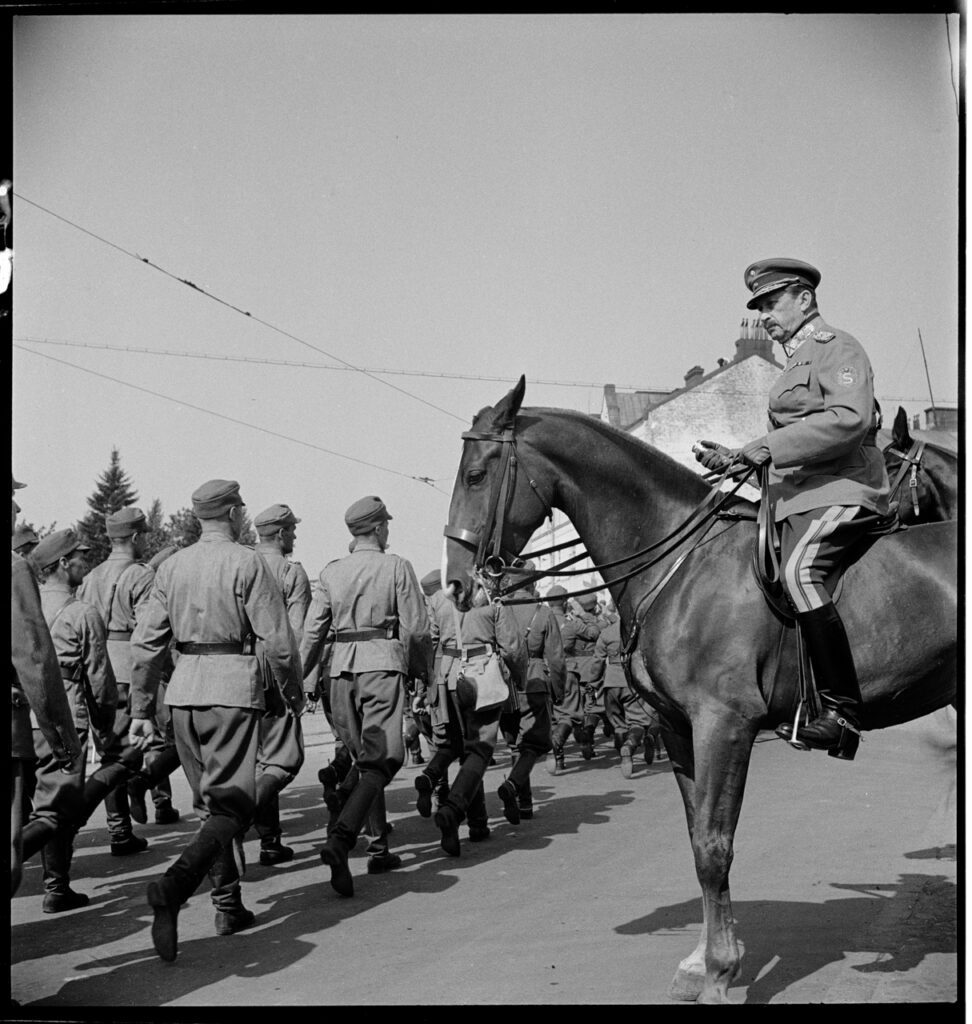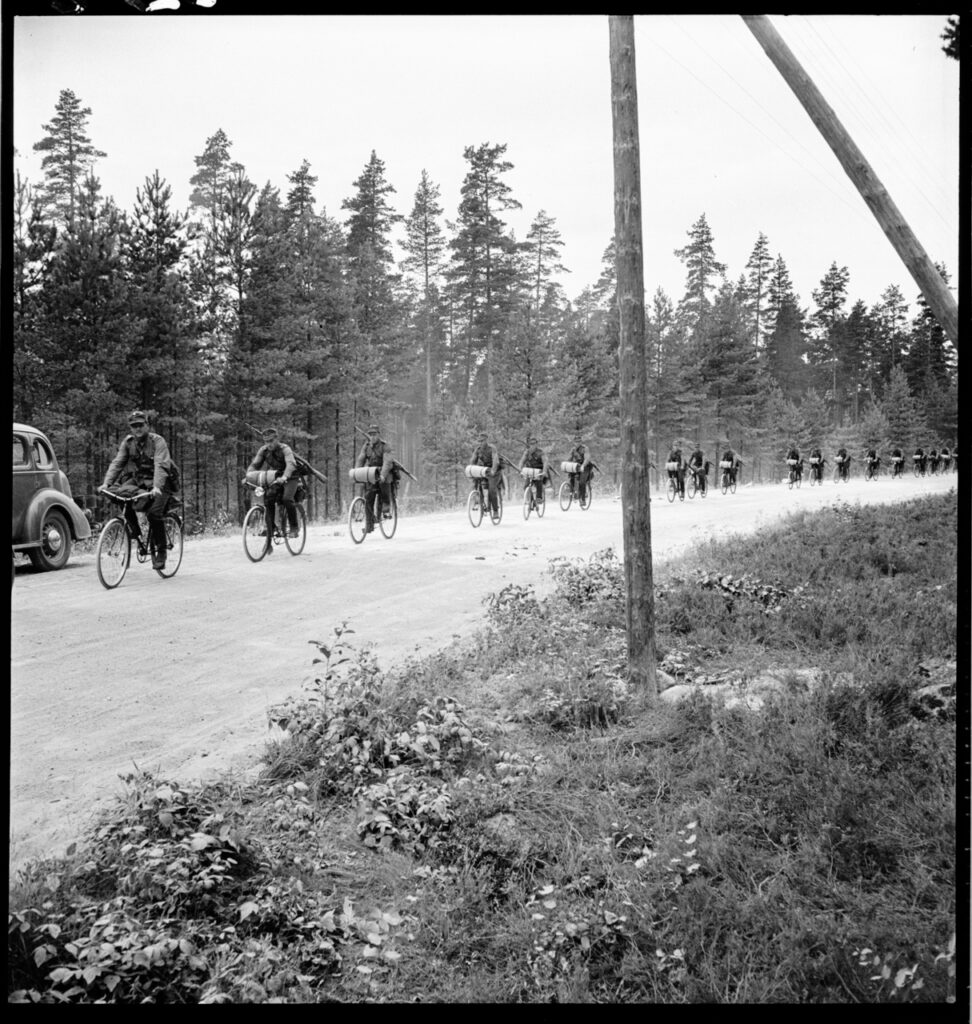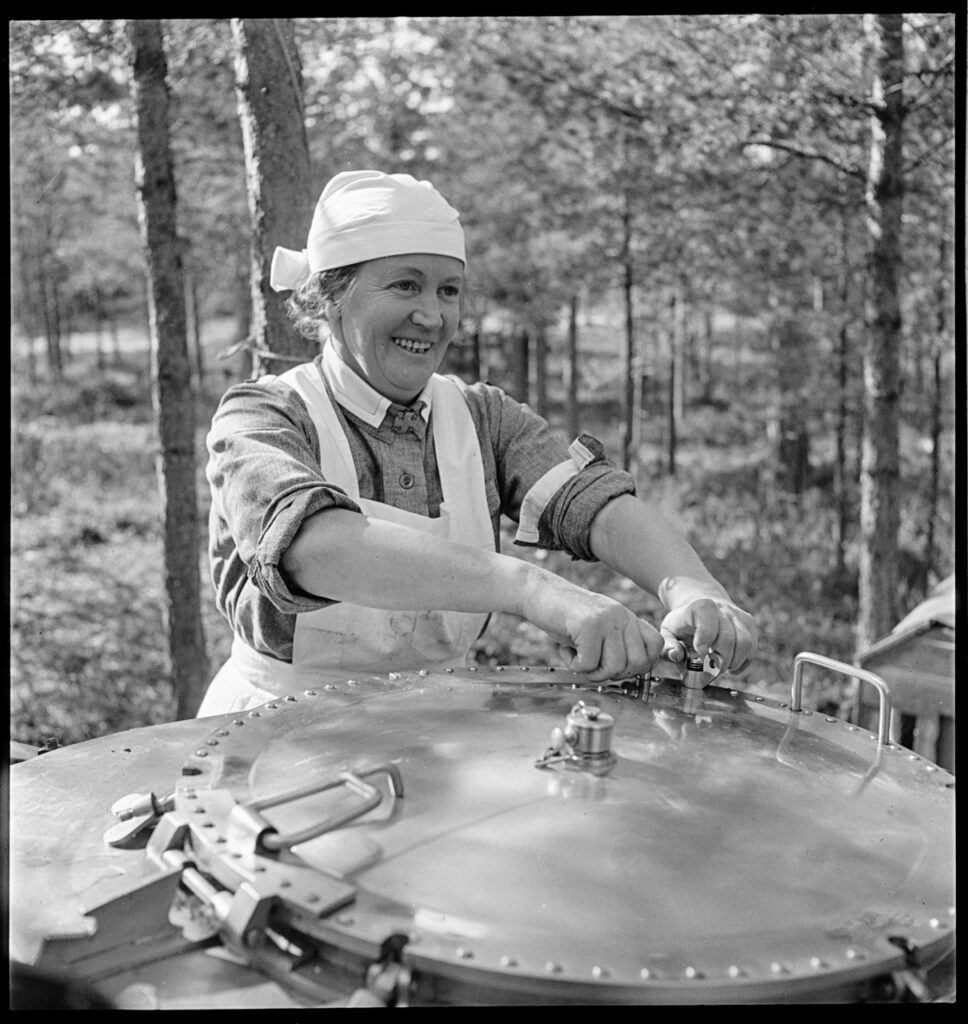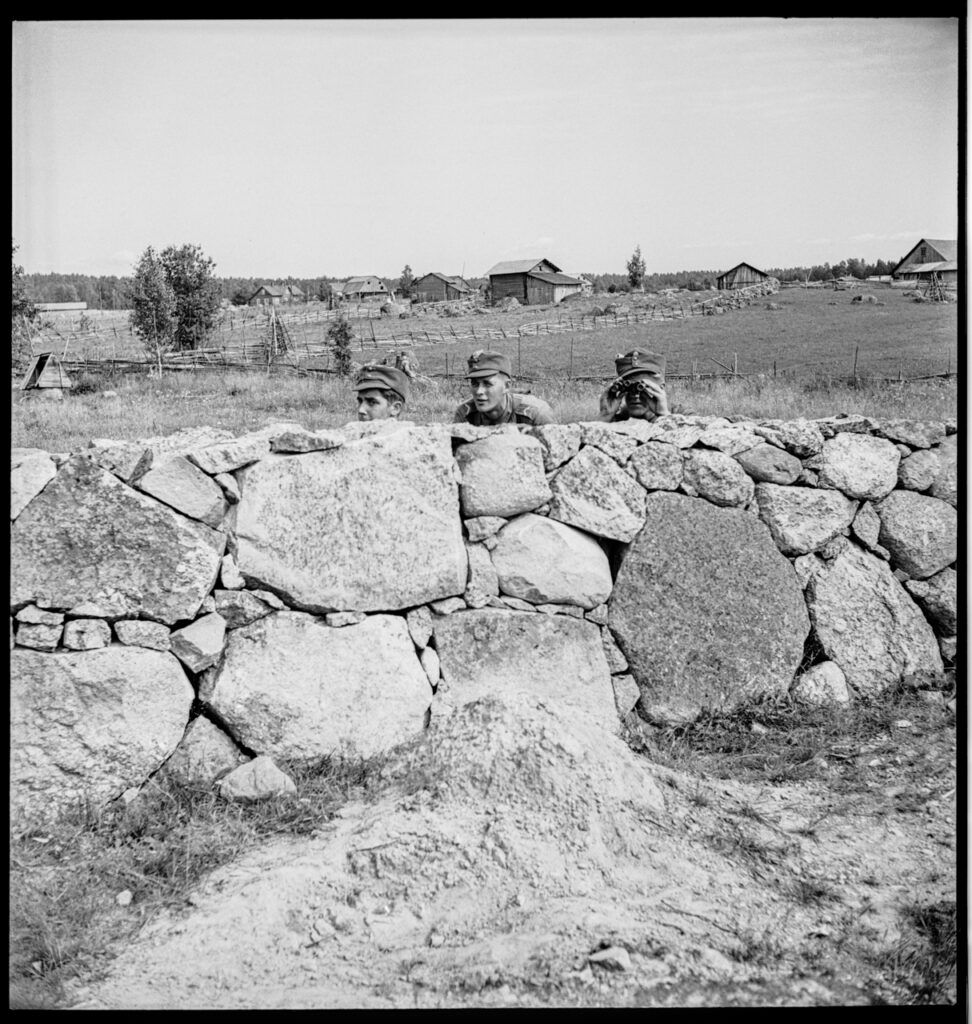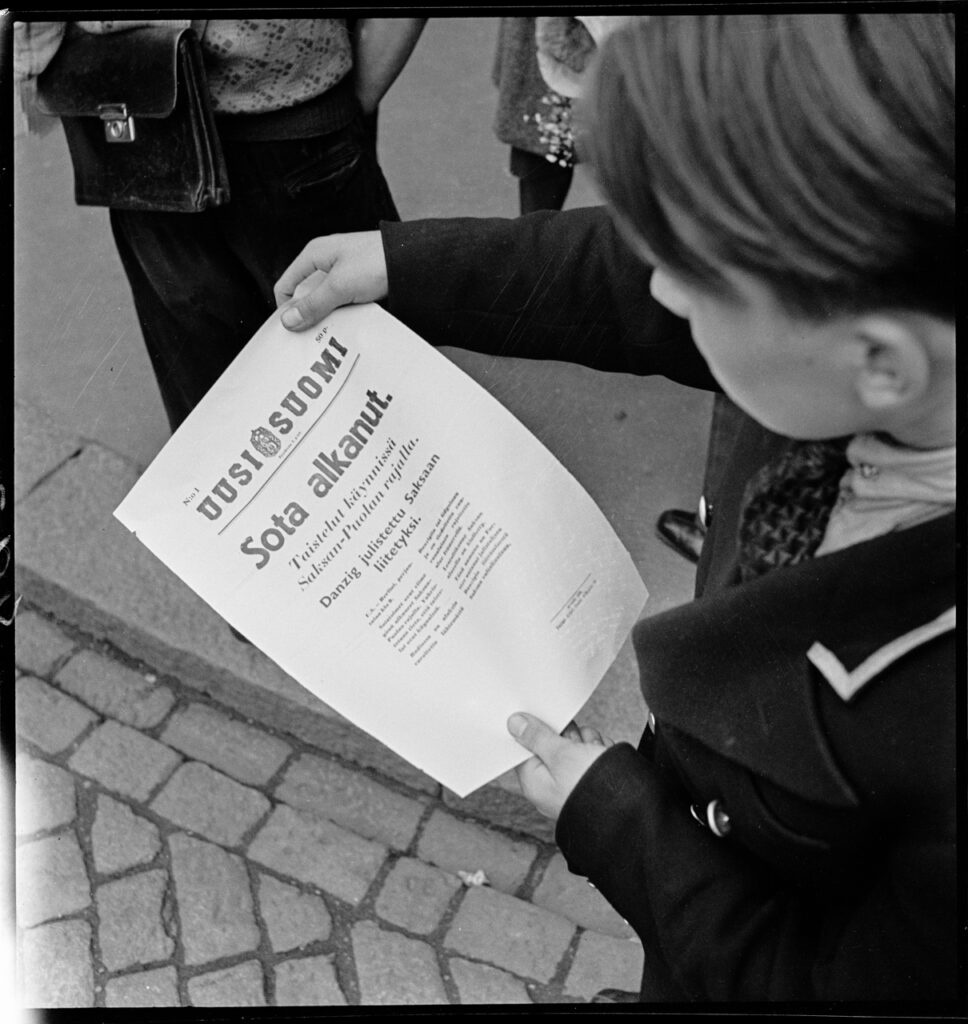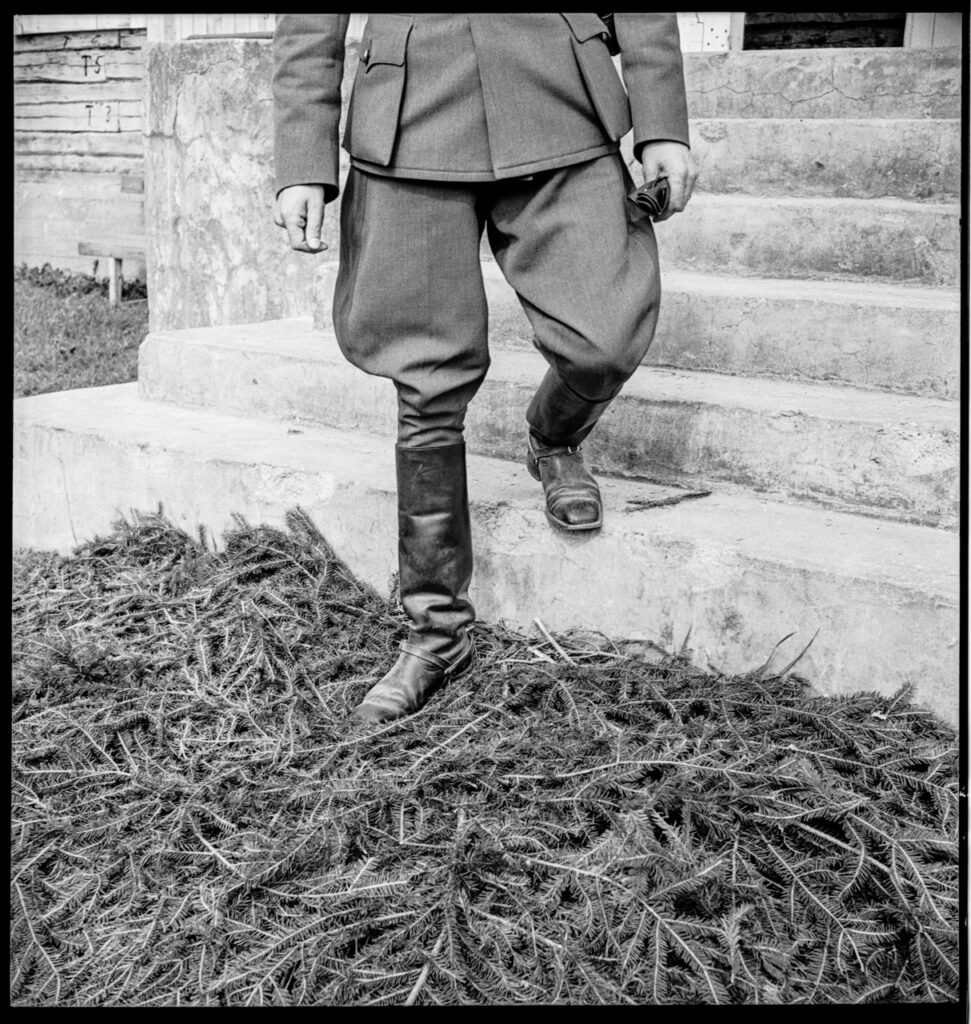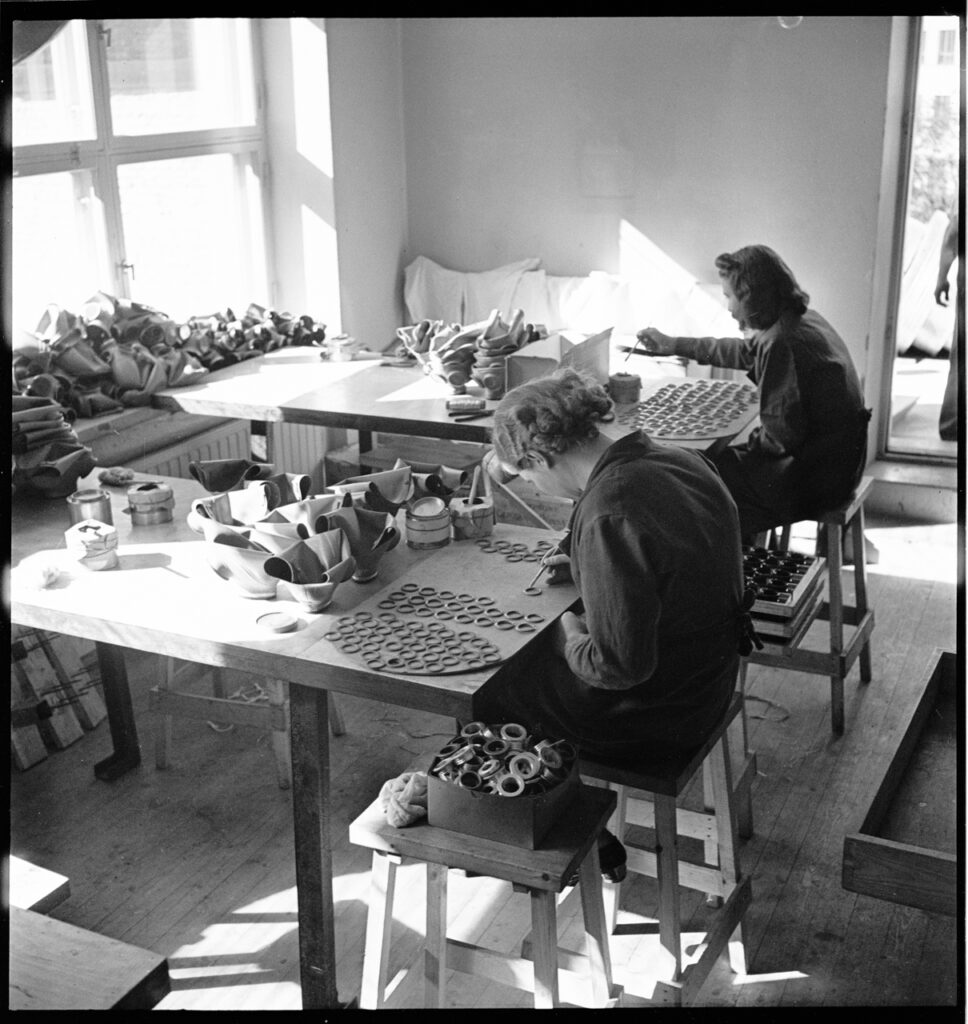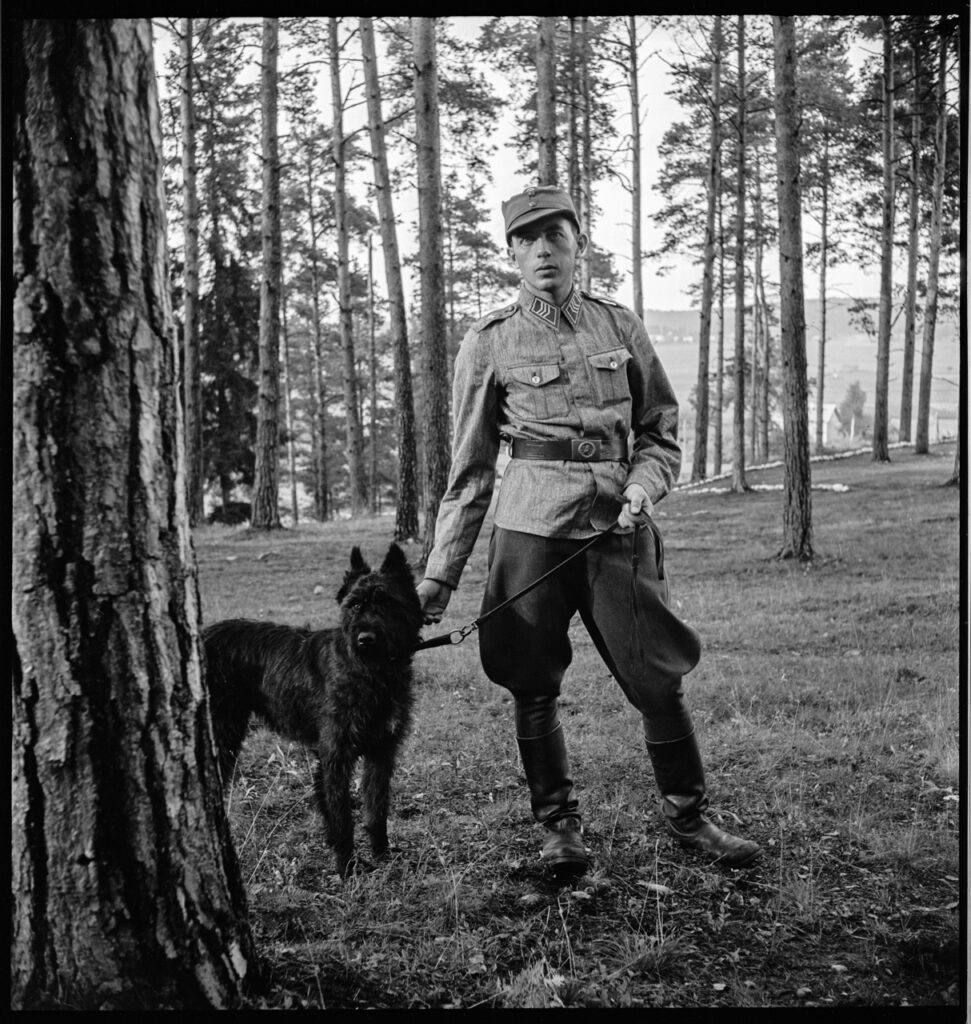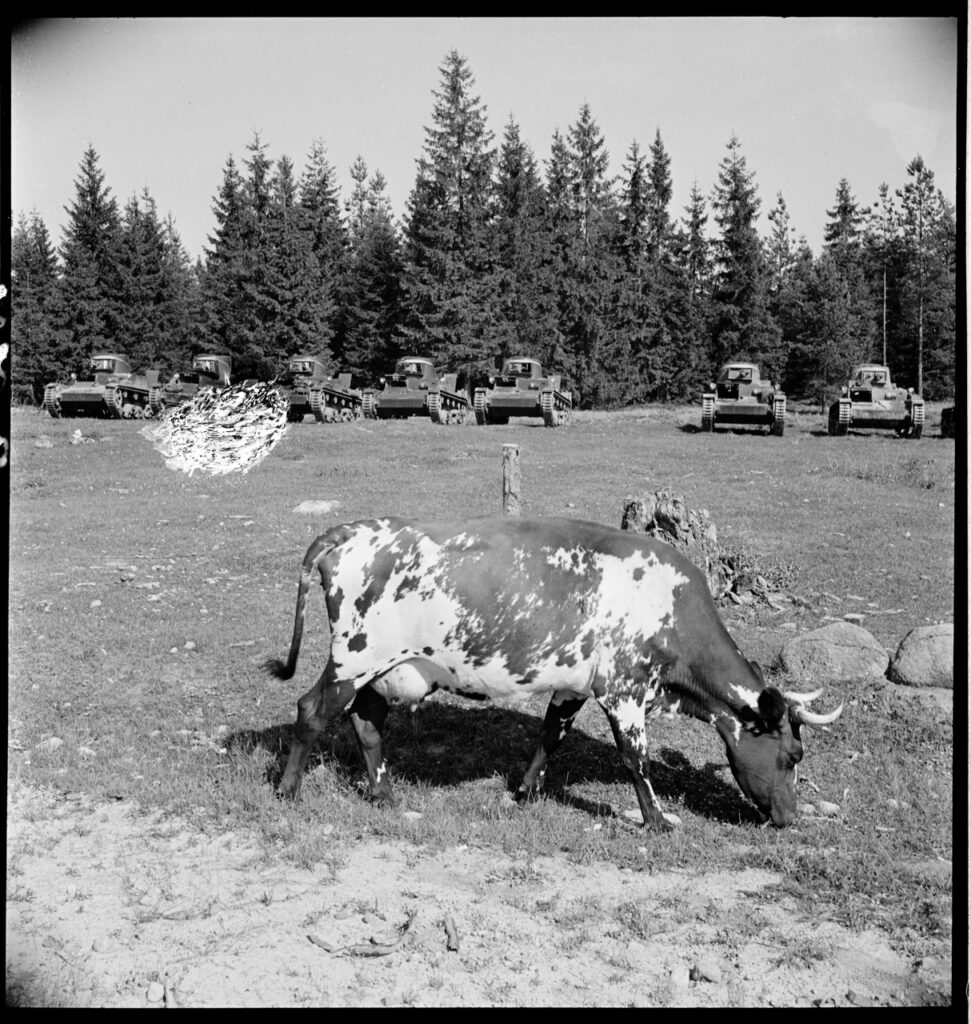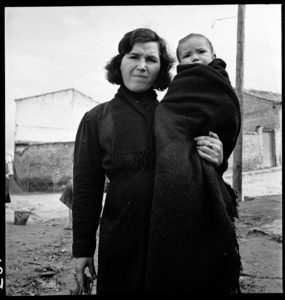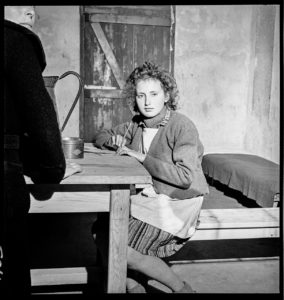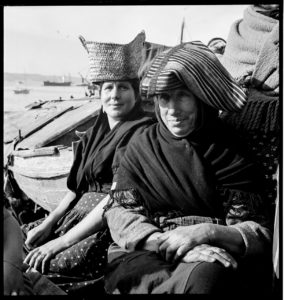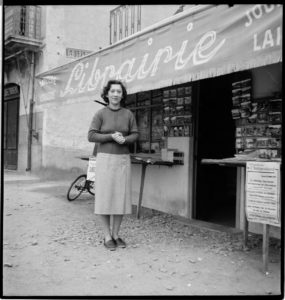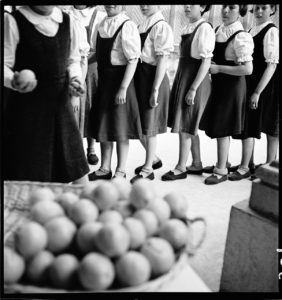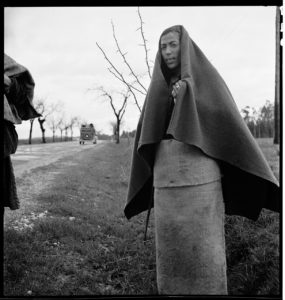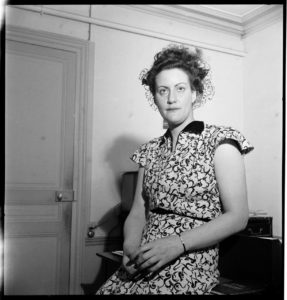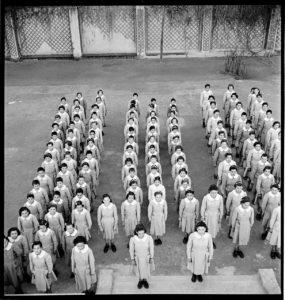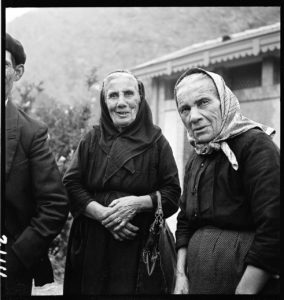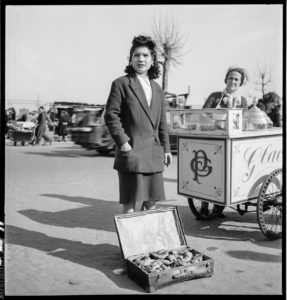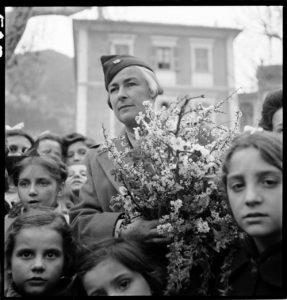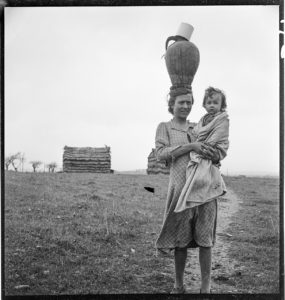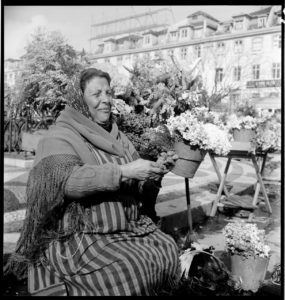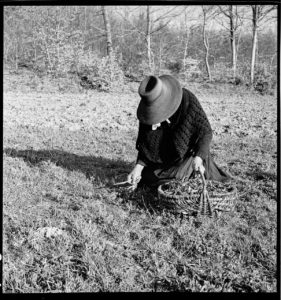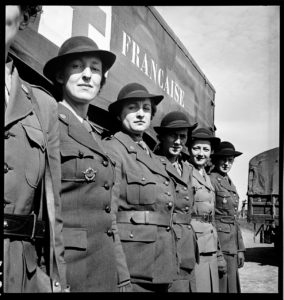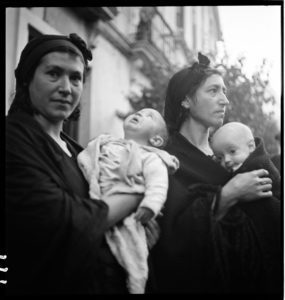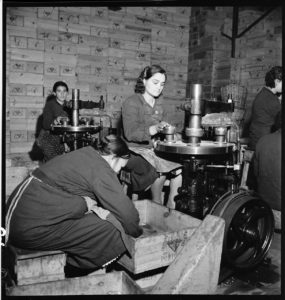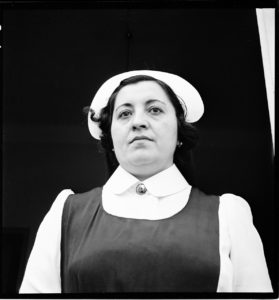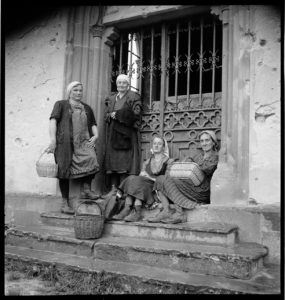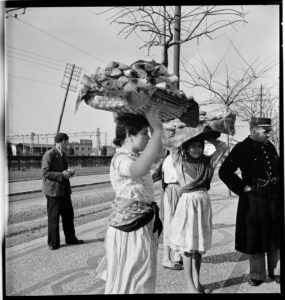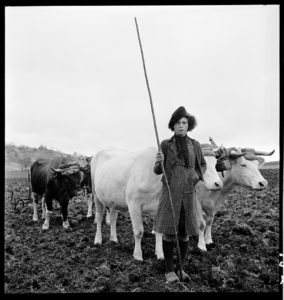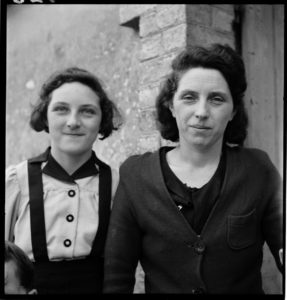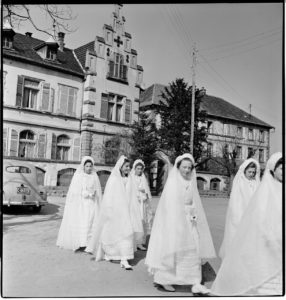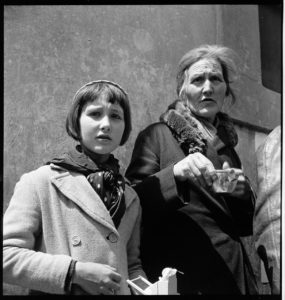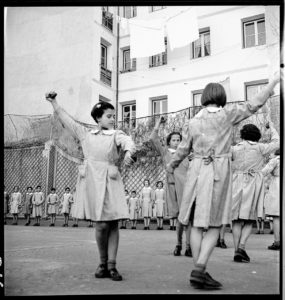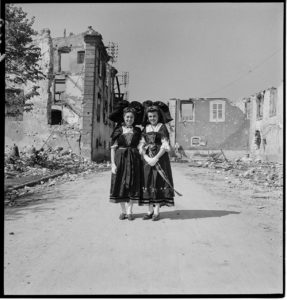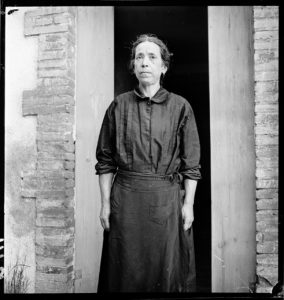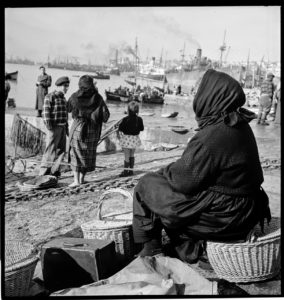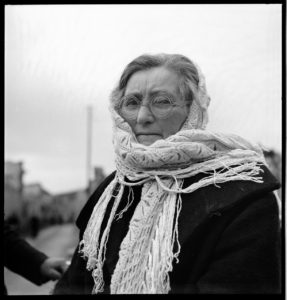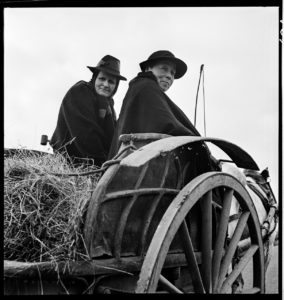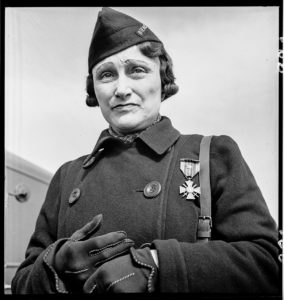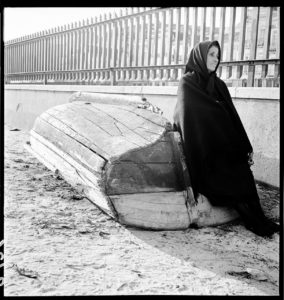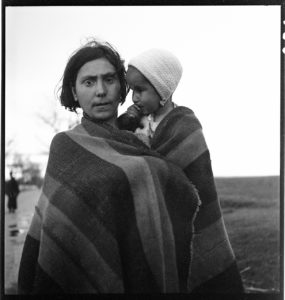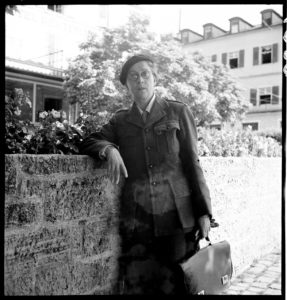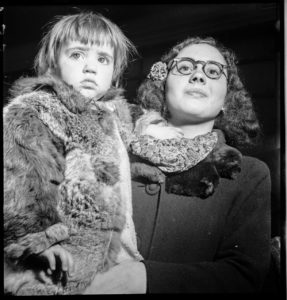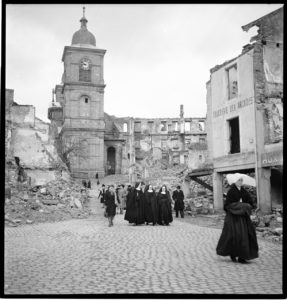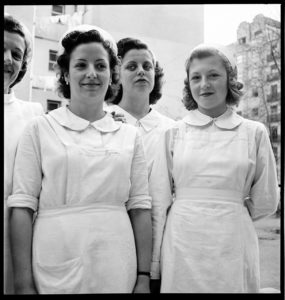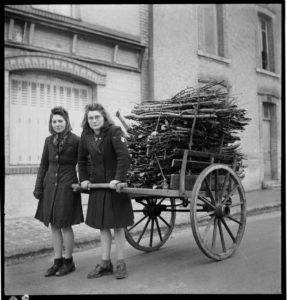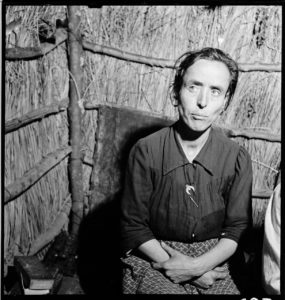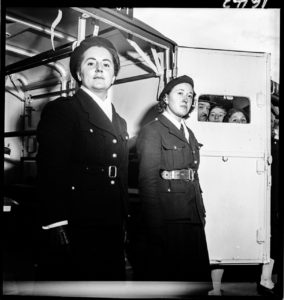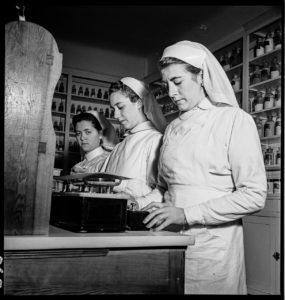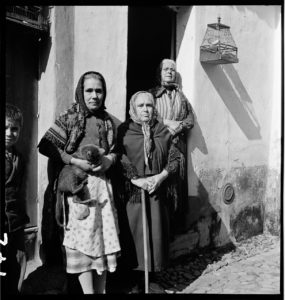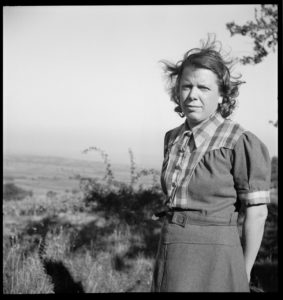Pictorial Collections
Bancroft Library Processing News
The archivists of the Bancroft Library are pleased to announce that in the past quarter (January-March 2024) we opened the following Bancroft archival collections to researchers.
Manuscript and University Archives/Faculty Papers Collections:
Data Center records (processed by Lara Michels with the help of Christina Velazquez Fidler)
Isabel Wiel papers (processed by Presley Hubschmitt)
David E. Good and Forrest M. Craig collection of family papers (processed by Lara Michels)
Nathan and Julia Hare papers (processed by Marjorie Bryer)
Delmer Myers Brown papers (processed by Lara Michels and student assistant David Eick)
Martinez, Dean, and DuCasse family papers and photographs (processed by Lara Michels and student assistant Malayna Chang)
Joan Bekins collection of Terwilliger Nature Education Center records (processed by Jaime Henderson and Lara Michels)
Bissinger and Company records (processed by Presley Hubschmitt)
Howard Besser papers and audiovisual materials (processed by Lara Michels and student assistant David Eick)
Sherman Lewis research collection relating to the Hayward Area Planning Association (HAPA) (processed by Jaime Henderson and Lara Michels)
Barbara Oliver collection of theatre materials (processed by Jaime Henderson and Lara Michels)
Michael and Cynthia Horowitz collection on psychedelics, 1954-2006 (processed by Lara Michels and student assistant David Eick)
Rosborough family papers (processed by Lara Michels and student assistant Malayna Chang)
Pictorial Collections and Items:
127 small collections and single items (approximately 4,911 items, total)
Additions to Cathy Cade’s autobiographical photograph albums, documenting lesbian life and community activism in the Bay Area, 2008-2015. (over 1,900 items)
San Joaquin County mug shot books, wanted notices, and law enforcement ephemera of Sheriff Thomas Cunningham. (over 2,300 items)
The Robert Altman photograph archive, which is particularly strong in counter culture and rock ‘n’ roll images of the late 1960s and 1970s, including work from his time as a photographer for Rolling Stone magazine (approximately 35,000 items) (online finding aid pending)
A Californiana Returns to the Bay Area: Ana María de la Guerra de Robinson
Women’s history month is the perfect time to announce an exciting addition to Bancroft Library’s collection of daguerreotype portraits. At the end of 2023 the library was able to acquire a beautiful 1850s portrait of a Californiana: doña Ana María de la Guerra de Robinson, also known as Anita.
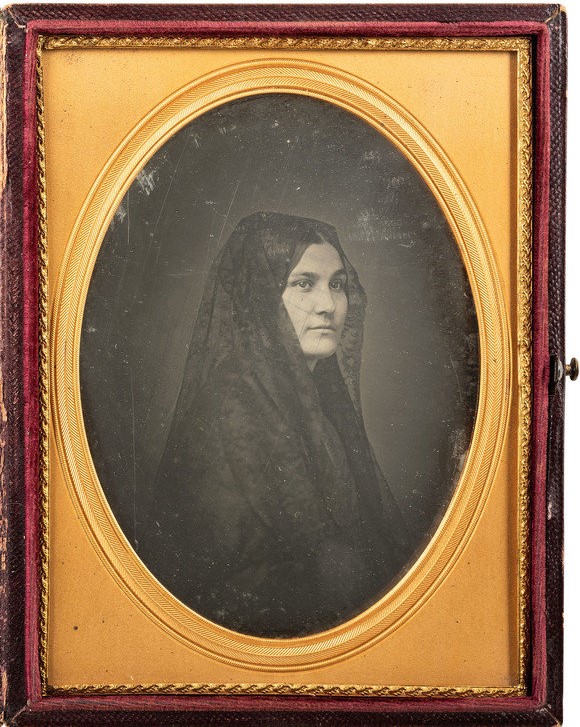
In this large (half plate format) daguerreotype of about 1850-1855, Anita wears a lace mantilla, in the Spanish fashion. A beautiful large daguerreotype like this was an extravagance at the time, and the portrait is all the more evocative because Anita, tragically, died within a few years of its creation.
Fortunately, quite a bit is known about her life. Anita was born into the prominent de la Guerra family of Santa Barbara in 1821 -– the same year the Spanish colonial period ended and control by an independent Mexico began. She was married at age 14, to an American trader and businessman named Alfred Robinson, 14 years her senior. This wedding is described in Richard Henry Dana’s Two Years Before the Mast, so we have an unusually detailed account of what was a grand occasion.
She and her husband snuck away from her family in 1838, leaving their baby daughter behind with her grandparents. Anita, age 15, wrote ”We have left the house like criminals and left here those who have possession of our hearts.” Various writers have interpreted these circumstances differently but, whatever the reason for this strange departure, Anita spent the next 15 years in Boston and the East Coast, seemingly eager to return home, but continually disappointed in the hope. It is hard to imagine that her life was entirely happy, in spite of the steady growth of her family and the prosperity and social prominence the Robinsons and de la Guerras enjoyed.
Having borne seven children, and having witnessed from afar (and apparently mourned) the transition of her homeland from Mexican territory to American statehood, Anita finally returned to California in the summer of 1852. It is likely she had her daguerreotype portrait taken at this time, in San Francisco, although it could have been taken back east. Sadly, she lived just three more years in California, dying in Los Angeles in November 1855, a few weeks after giving birth to a son. She is buried at Mission Santa Barbara.
A study of Anita’s life was published by Michele Brewster in the Southern California Quarterly in 2020 (v.102 no. 2, pg. 101-42) . Read more of her story!
With such a fascinating and relatively well-documented life, we’re thrilled to have Anita’s beautiful portrait here at Bancroft. It joins other de la Guerra family portraits, as well as numerous papers related to the family, including “Documentos para la historia de California” (BANC MSS C-B 59-65) by her father, José de la Guerra y Noriega.
Two of Anita’s sisters had “testimonias” recorded by H.H. Bancroft and his staff; one from Doña Teresa de la Guerra de Hartnell (BANC MSS C-E 67) and another from Angustias de la Guerra de Ord (BANC MSS C-D 134).
Anita’s daguerreotype itself presents an interesting conundrum and history. The photographer is unknown, as is common with daguerreotypes. The portrait has been known over the years because later copies exist in several historical collections, including the California Historical Society, the Massachusetts Historical Society, and Bancroft Library’s own Portrait File.
The daguerreotype acquired last Fall was owned for some decades by a collector. When he acquired it, it was unidentified. Later he encountered a reproduction of it in a historical publication, and thus had the identification of the sitter. Each of the known copies is somewhat different from the others. In her article, Brewster reproduces the copy from the Massachusetts Historical Society. It is a paper print on a carte de visite mount bearing the imprint of San Francisco photographer William Shew, at 115 Kearny Street.
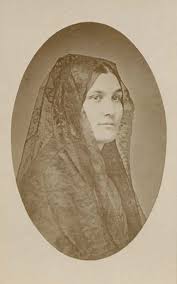
Based on this information, Brewster attributed the portrait to Shew; however, Shew is merely the copy photographer. A daguerreotype, largely out of use by the 1860s, is a unique original, not printed from a negative, so only one exists unless it is copied by camera. The carte de visite format was not in widespread use until the 1860s, and Shew was not at the Kearny address until the 1872-1879 period. So the photographer remains unidentified.
Another puzzle is posed by the early 20th century reproductions in the Bancroft Portrait File and the California Historical Society, which appear identical. These copies present a less closely cropped pose than the original daguerreotype, which is perplexing! Anita’s lap and hands are visible in the copies, but not in the daguerreotype. Although the bottom of the daguerreotype plate is obscured by its brass mat, there is not enough room at the lower edge to include these details.
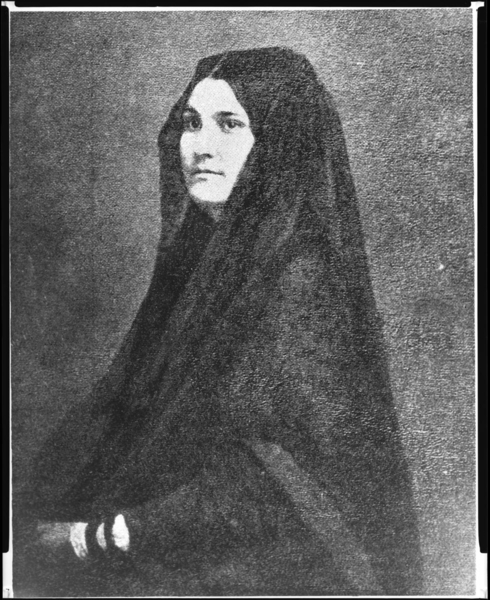
How could a copy contain more image area than the original? Upon reflection, two possibilities come to mind:
1) the daguerreotype was copied in the 19th century and photographically enlarged, then re-touched or painted over to yield a larger portrait that included her lap and hand, added by an artist. This reproduction was later photographed to produce the copies in the Portrait File and CHS.
or,
2) the original daguerreotype included her lap and hand, and it was re-daguerreotyped for family members in the 1850s, perhaps near the time of Anita’s 1855 death. When the copy daguerreotypes were made, they were composed more tightly in on the sitter, omitting the lap and hands. The newly acquired Bancroft daguerreotype could be a copy of a still earlier plate – and this earlier plate could be the source of the later paper copy in the Portrait file.
This will likely remain a mystery until other variants of this portrait surface. Are there other versions of this portrait of Anita de la Guerra de Robinson to be revealed?
Reference
Brewster, Michele M. “A Californiana in Two Worlds: Anita de La Guerra Robinson, 1821–1855.” Southern California Quarterly 102, no. 2 (2020): 101–42. https://www.jstor.org/stable/27085996.
The Bancroft Library’s San Francisco Examiner photograph archive
As part of the UC Berkeley University Library’s ongoing commitment to make all our collections easier to use, reuse, and publish from, we are excited to announce that we have just eliminated licensing hurdles for use of over 5 million photographs taken by San Francisco Examiner staff photographers in our Fang family San Francisco examiner photograph archive negative files, BANC PIC 2006.029–NEG, and Fang family San Francisco examiner photograph archive photographic print files, BANC PIC 2006.029–PIC.
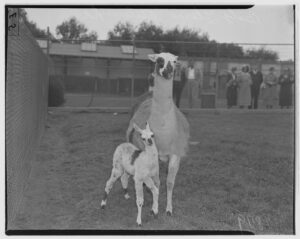
Every photograph within these photographic print and negative collections that were taken by an SF Examiner staff photographer are now licensed under a Creative Commons Attribution 4.0 license (CC BY 4.0). This means that anyone around the world can incorporate these photos into papers, projects, and productions—even commercial ones—without ever getting further permission or another license from us.
What is the San Francisco Examiner collection?
The SF Examiner has been published since 1863, and continues to be one of The City’s daily newspapers. It was acquired by George Hearst in 1880 and given to his son, William Randolph Hearst, in 1887. It was the founding cornerstone of the Hearst media empire, and remained part of the Hearst Corporation’s holdings until it was sold, in 2000, to the Fang family of San Francisco. In 2006 the Examiner’s photo morgue, totaling over 5 million individual images, was donated to The Bancroft Library by the Fang family’s successors, the SF Newspaper Company, LLC.
Along with the gift of negatives and photographic prints, the copyright to all photographs taken by SF Examiner staff photographers was transferred to the UC Regents, to be managed by UC Berkeley Library. However, the copyright to works (mainly in the form of photographic prints) that appear in the collection that were not created by SF Examiner staff was not part of the copyright transfer to the University. Copyright to any works not taken by SF Examiner staff is presumed to rest with the originating agency or photographer. The Library maintains a list of known SF Examiner staff photographers and can assist in making identification of particular photographs until the metadata has been updated.
What has changed about the collection?
Although people did not previously need the UC Regents’ permission (sometimes called a “license”) to make fair uses of our SF Examiner photograph archive, because of the progressive permissions policy we created, prior to January 2024 people did need a license to reuse these works if their intended use exceeded fair use. As a result, hundreds of book publishers, journals, and film-makers sought licenses from the Library each year to publish our Examiner photos.
The UC Berkeley Library recognized this as an unnecessary barrier for research and scholarship, and has now exercised its authority on behalf of the UC Regents to freely license the SF Examiner photographs in our collection that were taken by staff photographers under a Creative Commons Attribution 4.0 license (CC BY 4.0). This license is designed for maximum dissemination and use of the materials.
How to use SF Examiner collection photographs
Now that the photographs by SF Examiner staff photographers have a CC BY license applied to them, no additional permission or license from the UC Regents or anyone else is needed to use these works, even if you are using the work for commercial purposes. No fees will be charged, and no additional paperwork is necessary from us for you to proceed with your use.
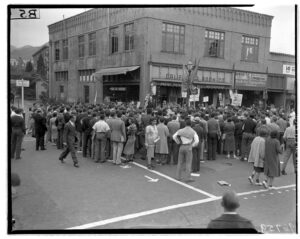
Making your usage even easier is the fact that over 22,000 of these negative strips have been digitized and made available via the Library’s Digital Collections Site, and the finding aid for the prints and negatives have more information about the photographs that have not yet been digitized.
The CC BY license does require attribution to the copyright owner, which in this case is the UC Regents. Researchers are asked to attribute use of reproductions subject to this policy as follows, or in accordance with discipline-specific standards:
Fang family San Francisco Examiner photograph archive, © The Regents of the University of California, The Bancroft Library, University of California, Berkeley. This work is made available under a Creative Commons Attribution 4.0 license.
One final note on usage: While the SF Examiner Collection now carries a CC BY license, this does not mean that other federal or state laws or contractual agreements do not apply to their use and distribution. For instance, there may be sensitive material protected by privacy laws, or intended uses that might fall under state rights of publicity. It is the researcher’s responsibility to assess permissible uses under all other laws and conditions. Please see our Permissions Policy for more information.
Other Library collections with a CC BY license
The Fang family San Francisco Examiner photograph archive joins a number of other collections that the Library has opened under a CC BY license, including the photo morgue of the San Francisco News-Call Bulletin. All of the collections that have had a CC BY license applied can be found on our Easy to Use Collections page.
Happy researching!
Bancroft Quarterly Processing News
The archivists of the Bancroft Library are pleased to announce that in the past quarter (October-December 2023) we opened the following Bancroft archival collections to researchers.
Manuscript and University Archives Collections:
Morris Goldstein papers (processed by Presley Hubschmitt)
ruth weiss papers (processed by Simi Best)
Robert A. Scalapino papers (processed by Lara Michels)
Elizabeth Rauscher papers (processed by Jessica Tai)
Walter S. Hertzmann collection on the Hertzmann and Koshland families (processed by Presley Hubschmitt)
Bush Street Synagogue Cultural Center records (processed by Presley Hubschmitt)
Erle Stanley Gardner papers (processed by Randy Brandt)
Charles W. Leach correspondence (processed by Lara Michels)
Lynn Manning papers, additions (processed by Lara Michels)
Pictorial Collections/Items:
65 small collections and single items (approximately 6,119 items, total)
Lonnie H. Wilson Photograph Archive: over 1000 negatives documenting the William F. Knowland gubernatorial campaign of 1958 and the Republican and Democratic Party conventions of 1960 were processed and added to the existing finding aid.
Pictorial collections staff: James Eason, Chris McDonald, Lori Hines, Sara Ferguson, and Isabel Breskin.
Collections Currently in Process:
- Data Center records
- Associated Students of the University of California, Berkeley records
- Patricia Buffler papers
- Nathan and Julia Hare papers
- Daisy Zamora papers
- Harriet Smith papers
- Barbara Oliver collection of theater materials
- Howard Besser papers
- Delmer Myers Brown papers
- Benjamin Swig papers and photographs
- Isabel Wiel family papers and photographs
Bancroft Quarterly Processing News
The archivists of The Bancroft Library are pleased to announce that in the past quarter (July-September 2023) we opened the following Bancroft archival collections to researchers.
General and UARC Collections:
Michael Paul Rogin papers (processed by Marjorie Bryer)
Acción Latina records and El Tecolote newspaper archive (processed by Marjorie Bryer)
Pam Levinson papers (processed by Presley Hubschmitt)
William Moore journals and other papers (processed by Lara Michels)
Renee Gregorio papers (processed by Simi Best)
Howard A. Brett collection of Panama Canal materials (processed by Lara Michels)
C. (Walter Clay) Lowdermilk papers (processed by Presley Hubschmitt)
Mosaic Law Congregation records (processed by Presley Hubschmitt)
Daniel Holmes collection of Sierra Club burro trips and Yosemite National Park backcountry research (processed by Jaime Henderson)
Triangle Gallery records (processed by Dean Smith)
Western Jewish History Center records (processed by Presley Hubschmitt)
Bransten and Rothmann family papers (processed by Presley Hubschmitt)
Friends of the River collection (transfer from UC Riverside; additional processing work by Lara Michels and Jaime Henderson)
George W. Barlow papers (processed by Jessica Tai)
Streetfare Journal records (processed by Lara Michels and student processing assistant Malayna Chang)
Roger Parodi collection of art museum and gallery announcements (processed by Lara Michels and student processing assistant David Eick)
Israel Louis Greenblat papers (processed by Presley Hubschmitt)
American Cultures Center records (processed by Jessica Tai)
Larry Orman archive of The Friends of the Stanislaus River materials (processed by Jaime Henderson)
Hamilton Boswell papers (digital materials processed by Christina Velazquez Fidler)
Pictorial Collections:
130 small collections and single items (approximately 6,650 items, total)
William F. Knowland’s gubernatorial campaign of 1958 photographs (and miscellaneous subjects added in Series 4 of the Lonnie Wilson archive)
3,155 new scans from Thérèse Bonney’s WWII era photographs from Finland, 1939, and France, Portugal, Belgium 1940
Collections Currently in Process:
Elizabeth A. Rauscher papers (Jessica Tai)
Associated Students of the University of California, Berkeley, records (Jessica Tai)
California Faience archive (Jaime Henderson)
Jan Kerouac papers (Marjorie Bryer)
Sister Makinya Sibeko-Kouate papers (Marjorie Bryer)
Nathan and Julia Hare papers (Marjorie Bryer)
Morris M. Goldstein papers (Presley Hubschmitt)
Hertzmann and Koshland family papers (Presley Hubschmitt)
Bush Street Synagogue Cultural Center records (Presley Hubschmitt and student processing assistant Malayna Chang)
Charles Muscatine papers–digital component (Christina Velazquez Fidler)
ruth weiss papers (Simi Best)
50 Years in San Francisco’s Mission District: The Archives of Acción Latina
Photographic prints and posters from the archives of Acción Latina and El Tecolote newspaper are now available for research at Bancroft Library, with an online finding aid newly published at the Online Archive of California. This is the result of the dedicated work of Isabel Breskin, an intern in Library and Information Science at the University of Washington. Below we have Isabel’s reflections on the collection, along with snapshots of a few photographs encountered while she arranged and described the files. Organizational records and other materials from Acción Latina will be made available in the coming months. -JAE
A Guest Posting by Isabel Breskin
Acción Latina is a community organization based in San Francisco’s Mission District. The roots of the organization’s work go back to 1970, when San Francisco State University journalism professor Juan Gonzalez launched a newspaper with his students. That newspaper, El Tecolote, is still published bimonthly and is now the longest-running bilingual newspaper in the country. In 1982, volunteers from El Tecolote and New College of California staged the first Encuentro del Canto Popular, a festival celebrating Latin American music. The festival became an annual event; the 41st Encuentro was held in December 2022.
The Acción Latina and El Tecolote Pictorial Archive contains thousands of photographs, hundreds of posters and artists’ prints, as well as negatives, slides, cartoons and other drawings, and digital images. The photographic print collection and the poster and artists’ print collection are now available to researchers.
The photographs capture all aspects of life in the Mission beginning around 1970 and continuing into the first decade of the 21st century, as people took to the streets to protest and celebrate, as they went to work and school, played music and danced, painted murals and listened to poetry. I found the photographs of protests particularly compelling — and I think researchers will, too. They are both rich in information about the issues and causes of the times, and moving evidence of the passion and belief that stirred people to action.
Here are just a few snapshots I took as I worked to arrange and rehouse the photographs.
As I’ve been working on the collection I’ve been thinking about all the people involved: the many people who have been part of Acción Latina over the decades, who have lived and worked in the Mission District and have contributed to the vibrancy of its community, the photographers and artists who created these materials, and the people who will now turn to the images and learn from them.
We recently had our first researcher come to use the newly available collection. He was interested in Bay Area events related to the politics and culture of Chile. Among the relevant images in the collection is this photograph.
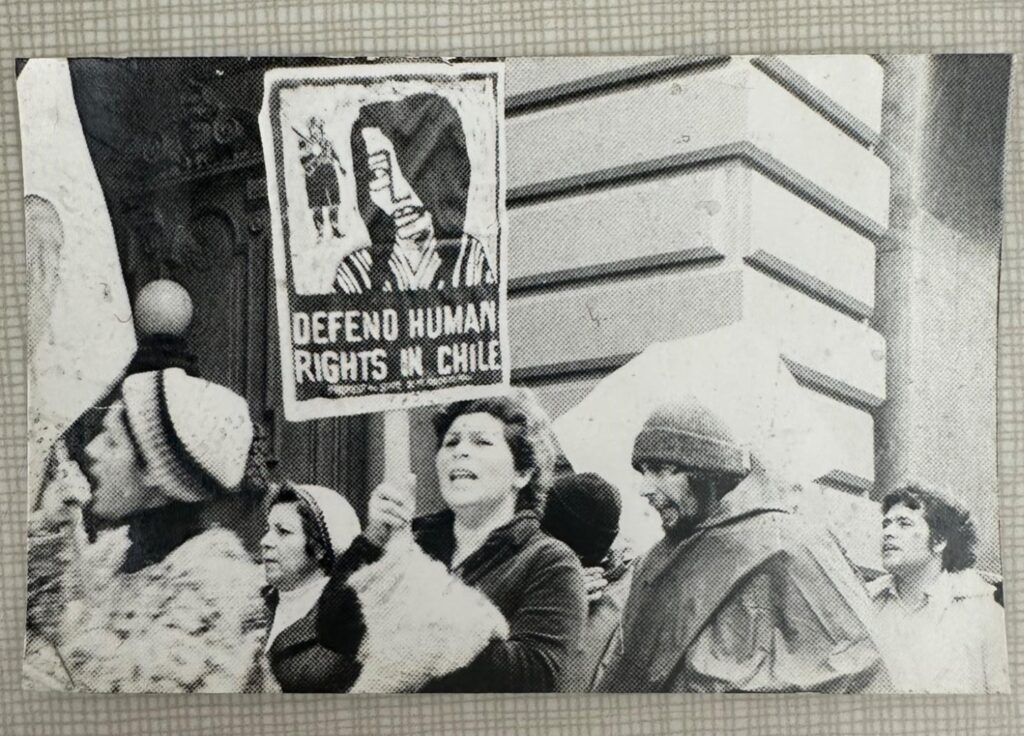
I am struck by the look on this unknown woman’s face – she looks both tragic and absolutely determined. It is meaningful to me that her decision to go out and protest that day is being preserved in the collection, and is being recognized and honored in the work of scholars.
Celebrating Women’s History Month: Rare Images of the Winter War by Photojournalist Thérèse Bonney
In the Autumn of 1939 Thérèse Bonney traveled to Finland to photograph preparations for the Olympic Games in Helsinki to be held the following year. Instead, she became a war correspondent. With World War II already underway, Bonney was one of few photographers in Finland as tensions with the neighboring Soviet Union grew. Bonney photographed Finnish military training operations leading up to the Soviet invasion on November 30, 1939. Throughout the ensuing Winter War she photographed civilian evacuations, relief operations, and meetings of Finnish leaders — work for which she was awarded the White Rose of Finland medal. The event would change the trajectory of her photographic career. Previously focused on French art and design, Bonney would go on to photograph throughout World War II, leaving an important record of the effect of war on civilian populations. Additional images of Bonney’s work in Europe during WWII can be seen in these previous postings: Wrapping up Women’s History Month: Selections from the Thérèse Bonney photograph collection at The Bancroft Library and Thérèse Bonney: Art Collector, Photojournalist, Francophile, Cheese Lover.
Still more is available via the Library’s Digital Collections site and the Finding Aid to the Thérèse Bonney Photograph Collection.
Enhancing Searchability While Working From Home
As staff eagerly anticipate a return to more regular on-campus work, we have a guest posting by pictorial processing archivist Lori Hines. She provides a peek at one facet of work that we have been doing remotely in 2020-2021. -JAE
A posting by Lori Hines
Working from home during the COVID-19 closure has allowed Bancroft Library pictorial unit staff to enhance descriptions of digitized items, improving online searching.
One of my recent projects was to improve the description of items from the James D. Phelan Photograph Albums, BANC PIC 1932.001–ALB , which were scanned many years ago with only brief caption transcriptions. This photograph in album 85 is identified only as “Geneveve” [sic].
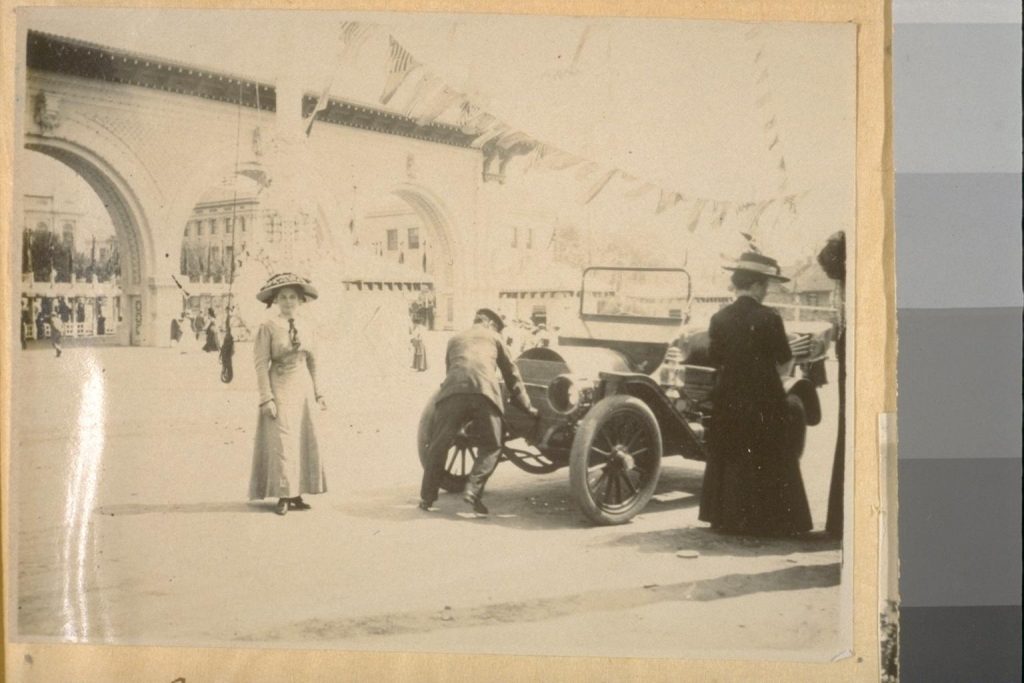
Having previously worked on collections related to the Panama-Pacific International Exposition, I had an idea that Geneveve, or Genevieve, could be posed at a similar event. Currently the photo is essentially unidentified and lost in the sea of images.
A photo a few places earlier in the album was identified as “Crossing Columbia River,” so that gave a clue to a possible region. A photo a few spaces later had a date of 1909, so that gave a probable date.
Doing a quick Google check, I typed in “Exposition US 1909”, and voila, I easily confirmed that Geneveve must be at the 1909 Alaska-Yukon-Pacific Exposition held in Seattle. I then added “entrance” to the search, because there appear to be turnstiles behind the arches. Google image search gave me some pretty good matches. There was one image from the Seattle Municipal Archives that showed the turnstiles with part of the arch. A couple of other pictures had better views of the arch.
Now we have a useful identification for BANC PIC 1932.001 Vol. 85:296—ALB:
Once the improved finding aid data has been uploaded, the topic will be retrievable by keyword searching at both the Digital Collections website and the Online Archive of California.
Not all of the items get this depth of attention, but this is one example that is worth the extra time. It’s been difficult being away from collections and researchers for over a year, but there is no shortage of online content with minimal identification, so there’s gratification in taking this time to make improvements.
Scenic Views, Civic Pride, and Silly Gags: Edward H. Mitchell Postcards at The Bancroft Library
We all feel our wings are clipped this holiday season, but you can enjoy a tour around turn-of-the-century California, journey up the Pacific Coast, around the American West, or even visit Hawaii and the Philippines, thanks to newly published content on the Berkeley Library’s Digital Collections site.
Over 10,000 postcards issued by San Francisco publisher Edward H. Mitchell, circa 1898-1920, are now online. This nearly-comprehensive collection was compiled over many decades by Walt Kransky, who generously donated it to The Bancroft Library. Walt’s website has been the go-to site for collectors interested in Mitchell cards; there he compiled a checklist of all known Mitchell postcards, whether he owned examples or not. And he did own the vast majority!
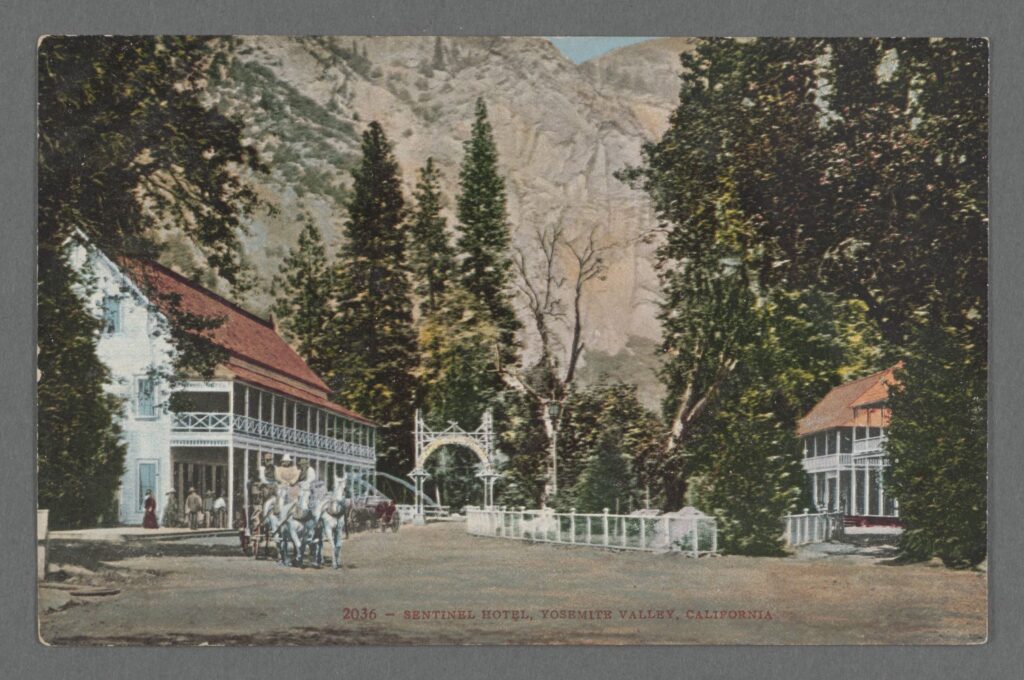

Must-see tourist sites from Yosemite to Southern California beaches and the mountains and forests of the Northwest are in abundance, but so are local industries, agriculture, and countless examples of small town pride.
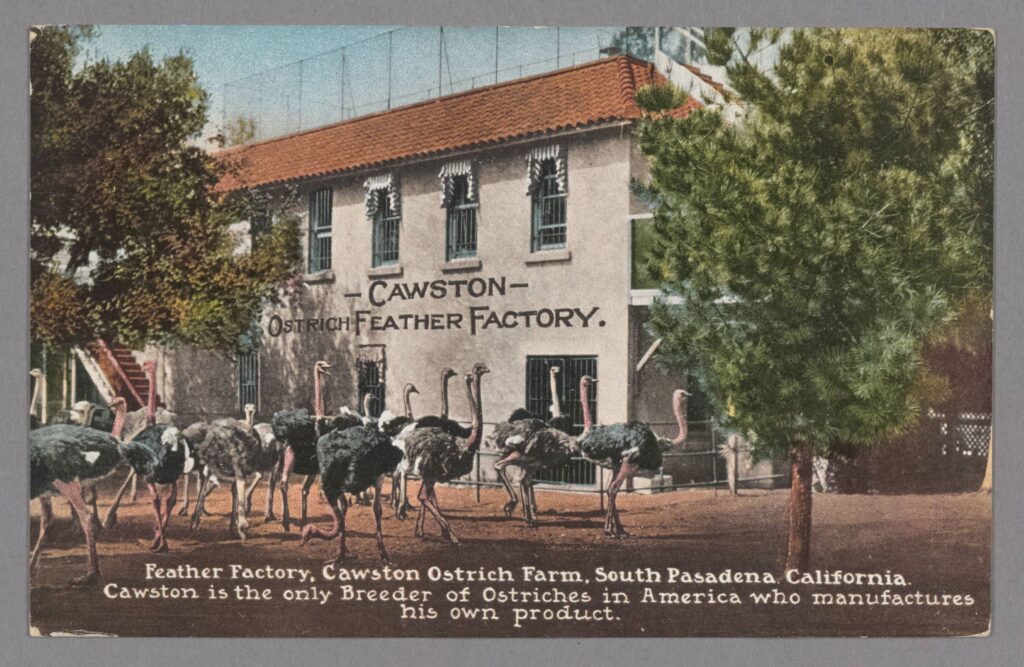
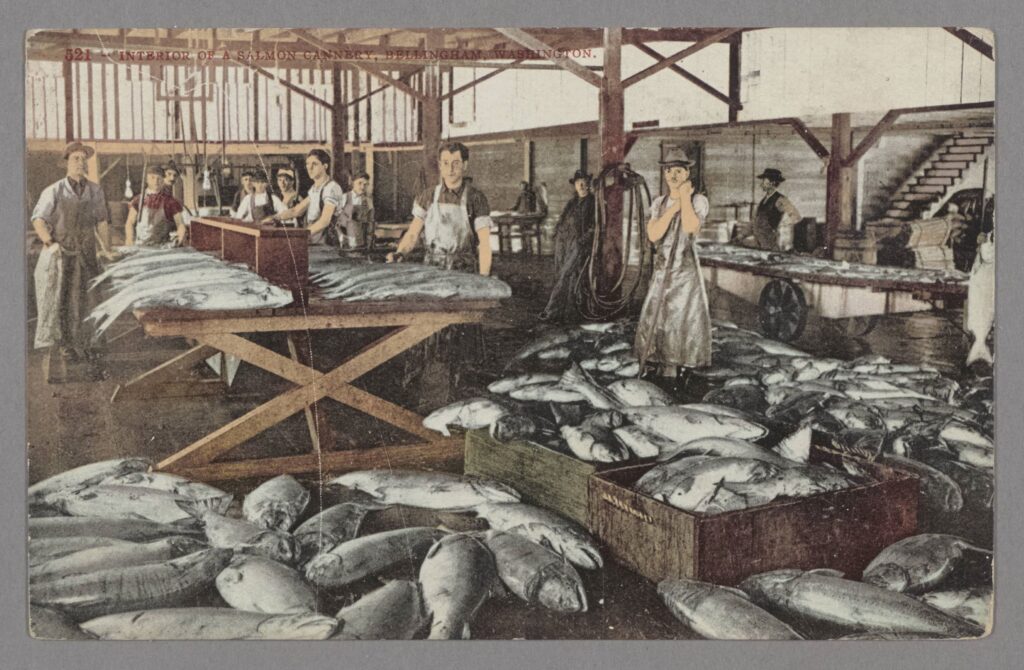
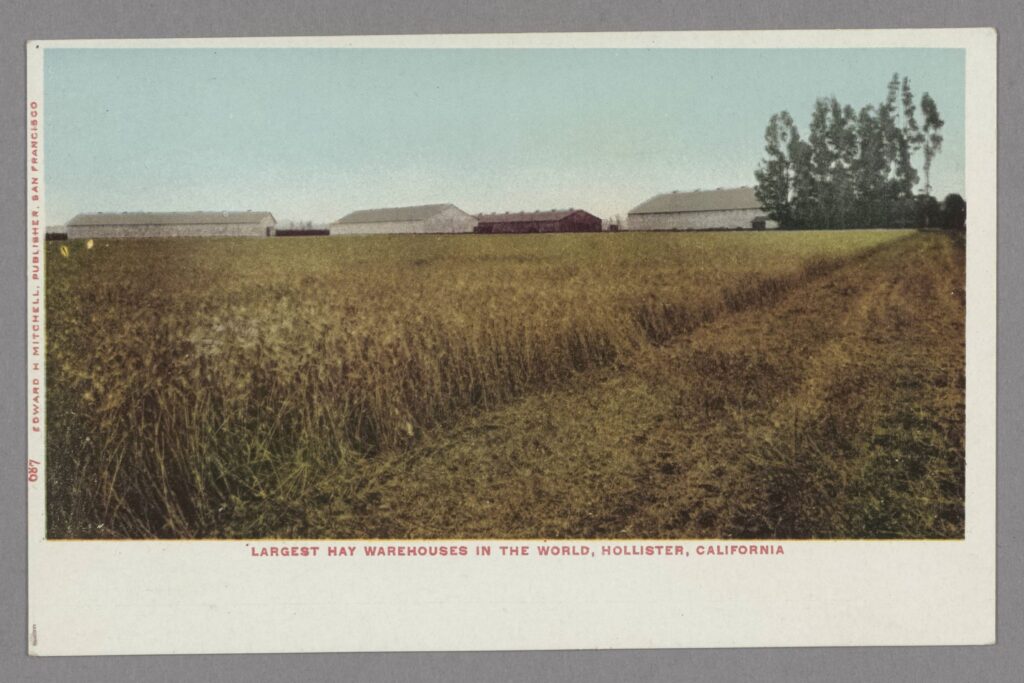
There is quite a range of court houses, schools, asylums, and even irrigation works on view.
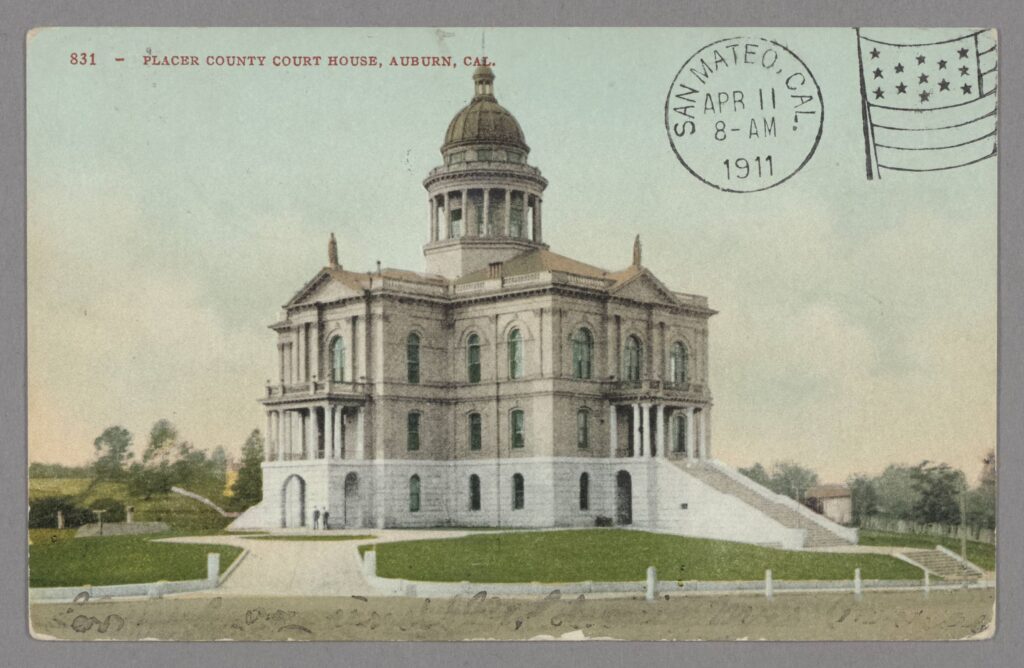
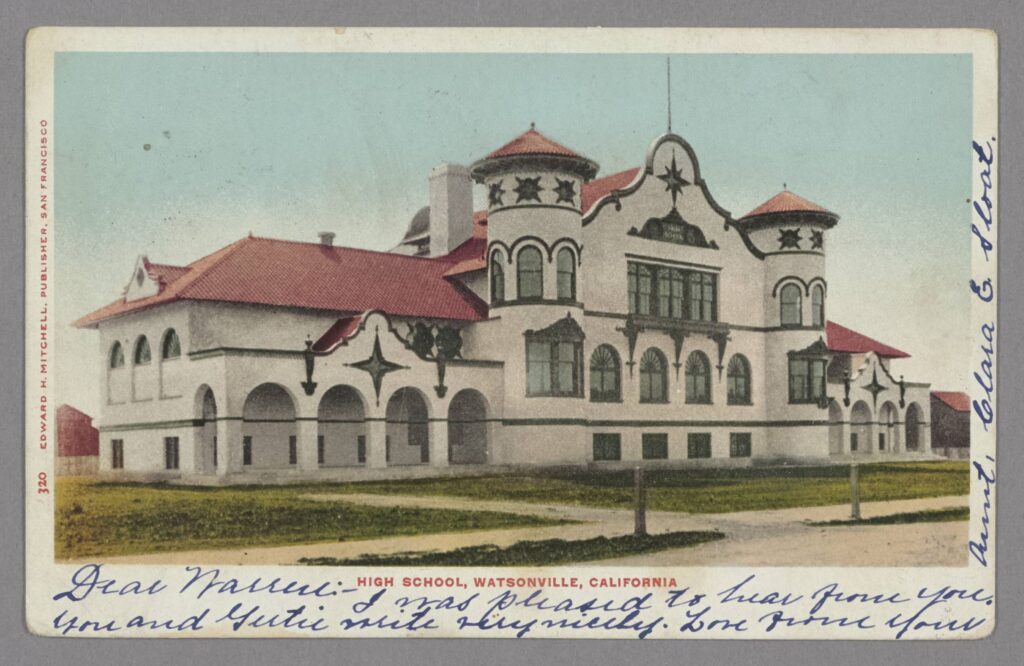
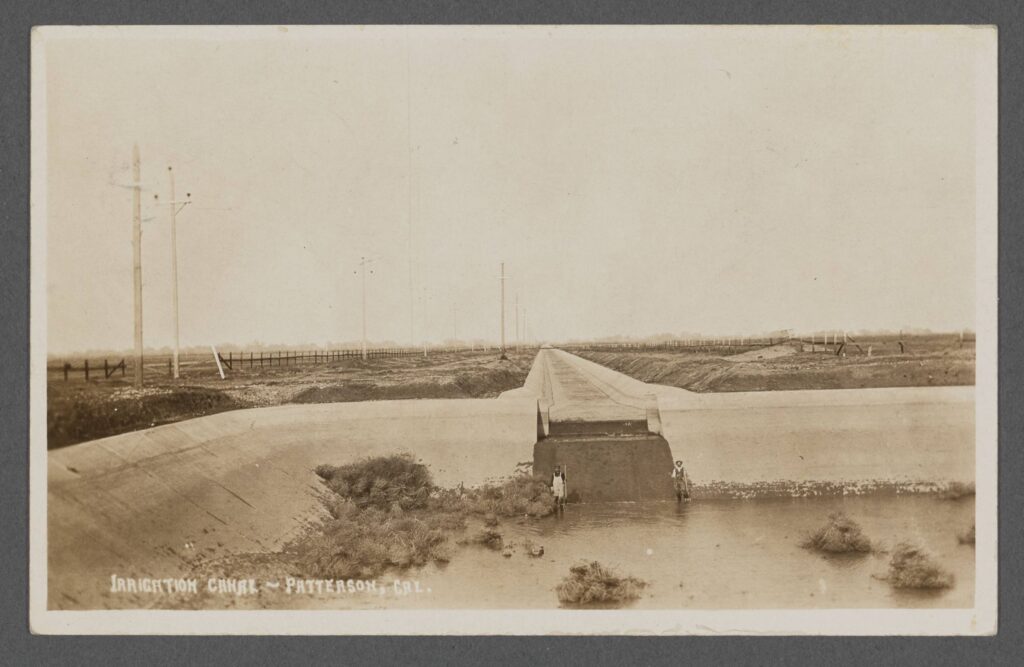
Period humor, for better or worse, is a recurring feature.
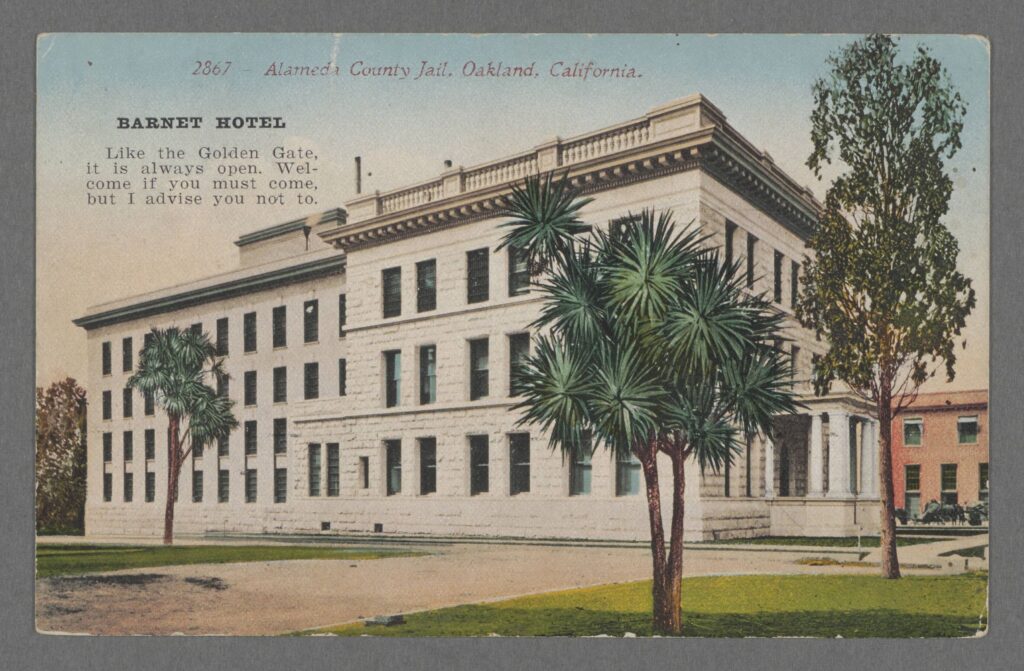
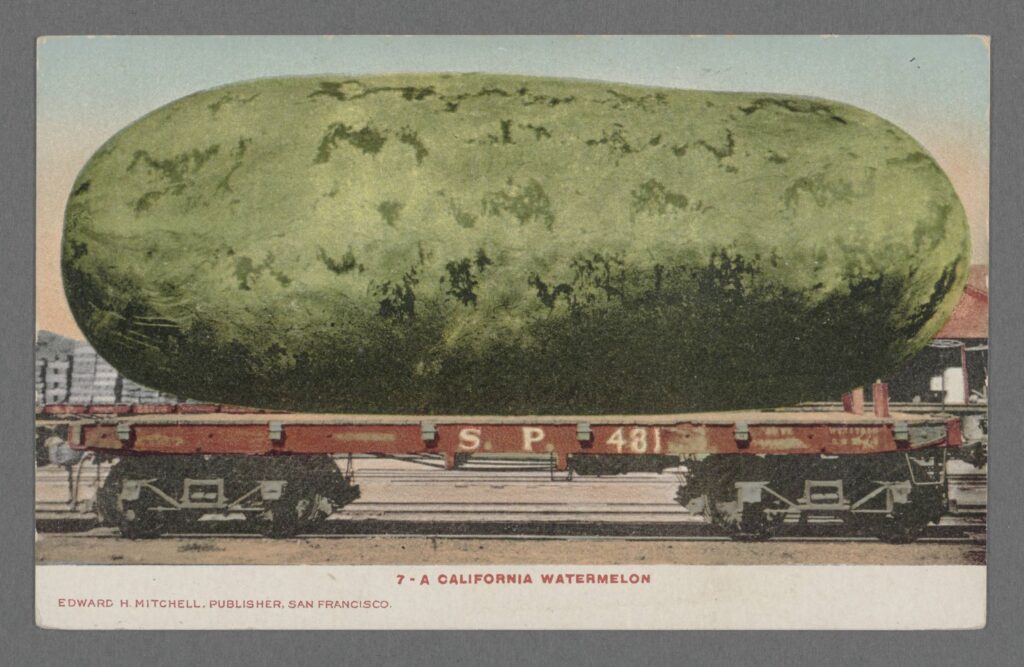
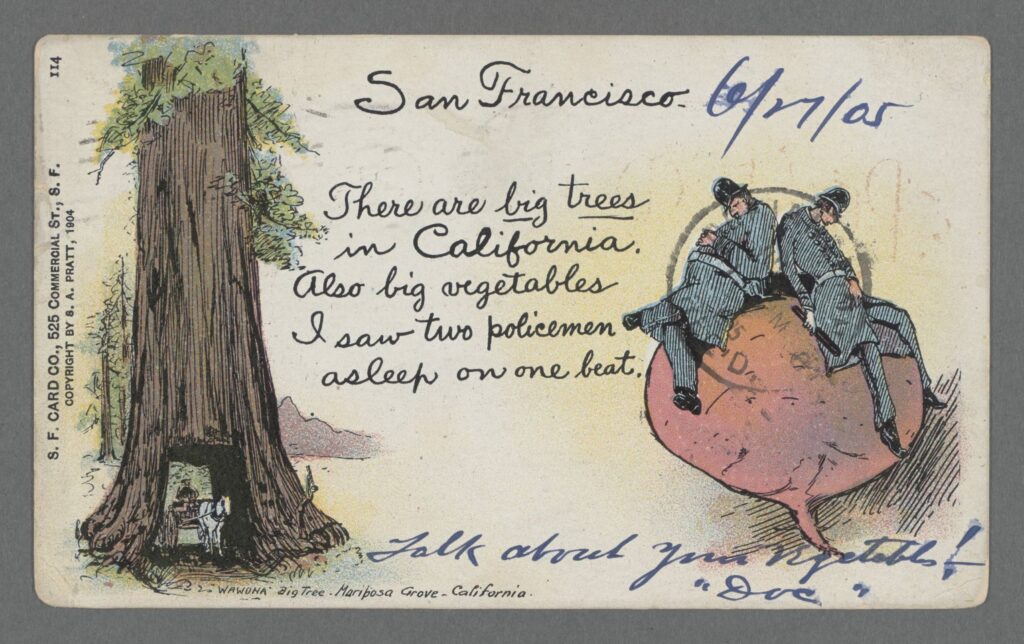
In addition to great images, Kransky’s Mitchell collection provides insight into the business of early postcard production. This was a new form when 1898 “Private Mailing Cards” were first issued as “authorized by act of Congress.”
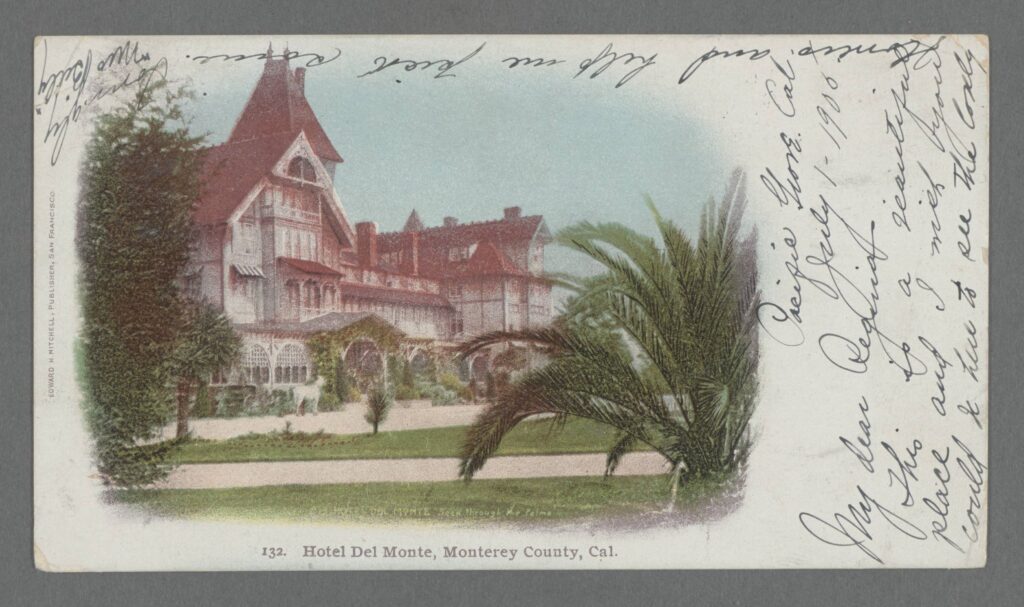
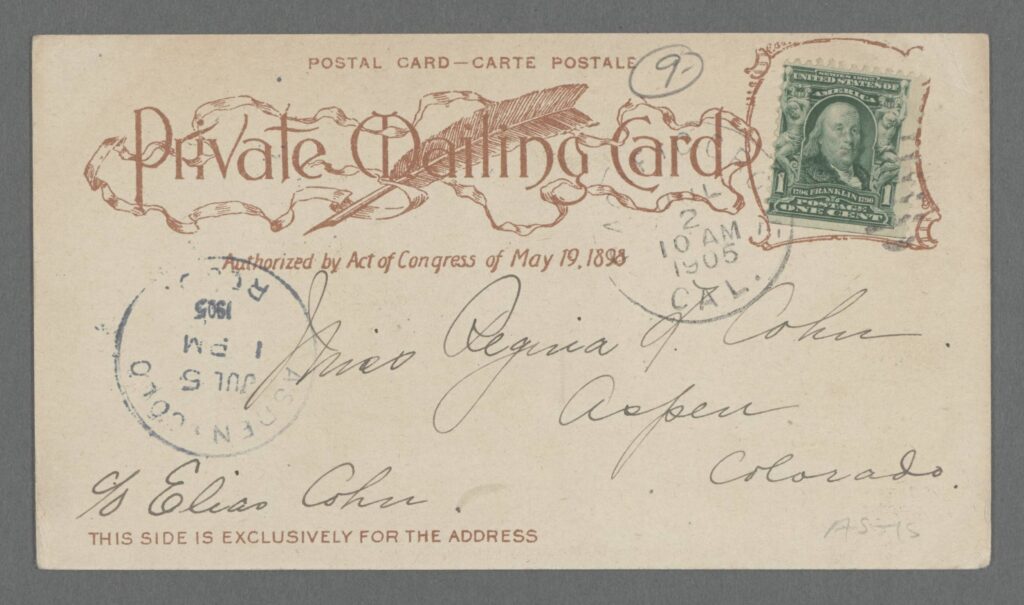
Walt Kransky arranged his collection by back type and imprint style and he collected duplicates of given images in all their various styles of presentation. This variety, all from a single publisher, offers great opportunity for scholarship and close studies of visual culture early in the 20th century.
So, whatever your interest, make a cup of cocoa and enjoy an armchair tour, courtesy the Walter Robert and Gail Lynn Kransky collection of Edward H. Mitchell postcards at The Bancroft Library!
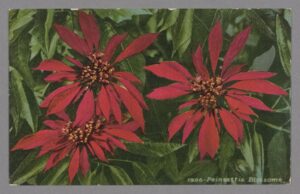
Many Library staff collaborated to bring this collection online. Bancroft curatorial and acquisitions staff worked with the donor to preserve this collection at Berkeley, and hundreds of hours of work on descriptive data and inventory alignment were carried out in Bancroft Technical Services’ Pictorial Unit. Library Imaging Services created the thousands of high resolution scans, and the descriptions and images were linked together and brought online through the efforts of Library IT. Most importantly, thanks are due to Walt and Gail Kransky for their generosity, his decades of collecting, and the years of expertise he committed to documenting his collection.
Wrapping up Women’s History Month: Selections from the Thérèse Bonney photograph collection at The Bancroft Library
The Thérèse Bonney photograph collection at The Bancroft Library consists chiefly of documentary photographs taken throughout Western Europe during World War II. Bonney (Berkeley class of 1916) photographed all aspects of the war, but focused on its effects on the civilian population.
An active humanitarian, Bonney frequently used universal symbols in her work, allowing her images to speak beyond language barriers and leading their viewers to see beyond cultural differences. Her photographs of children were exhibited and published widely, influencing audiences to contribute to relief efforts for innocent victims of war. But the images throughout her archive feature another prominent symbol — women. Old women, young women, mothers, sisters, friends, neighbors; always at work, usually together, forever the epitome of personal sacrifice for the greater good. In honor of Women’s History Month, the Bancroft Library’s Pictorial Unit presents this collection of newly digitized images from the Thérèse Bonney Photograph Collection. The Finding Aid to the Thérèse Bonney Photograph Collection circa 1850-circa 1955 is available through the Online Archive of California. The finding aid includes digital images for Series 6: France, Germany 1944-1946. Images for Series 3: Carnegie Corporation Trip: Portugal, Spain, France 1941-1942 are coming soon, with a preview offered here!
